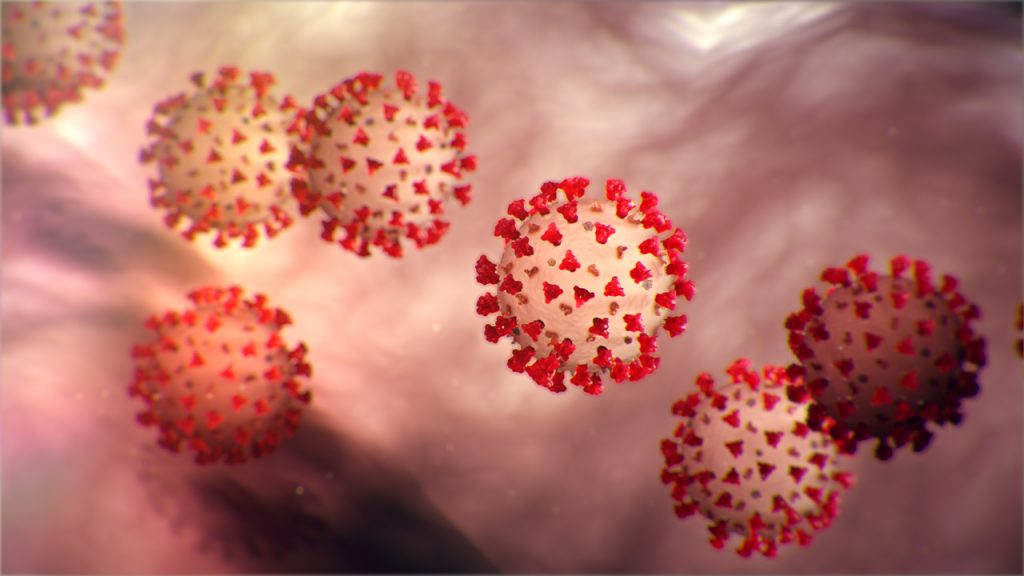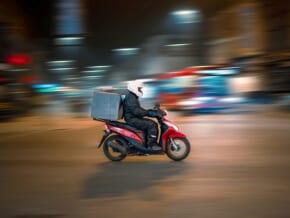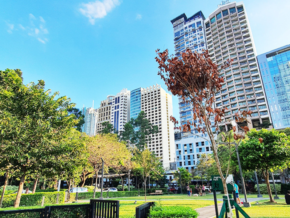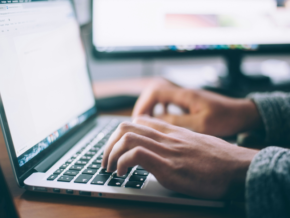Ways to Be Safe From COVID-19 Pandemic
In the history of disease outbreaks, the world has encountered some of the worst epidemics for the past hundreds of centuries—from dengue and cholera to Ebola, influenzas, and more.
Recently, a new viral outbreak emerged in Wuhan, China affecting thousands of people worldwide. The rapid rise of cases of the Novel Coronavirus acute respiratory disease—or widely known as COVID-19, has alarmed the world making it an international health concern.
While there is still more information yet to be discovered about the newly-emerged deadly virus, here’s a basic guideline on what the disease is and how you can protect yourself from it.
What we know about COVID-19 so far
The COVID-19 is a new strain of coronavirus that came from the same family of viruses found in animals and humans such as Severe Acute Respiratory Syndrome (SARS) in 2003 and Middle East Respiratory Syndrome (MERS) in 2012.
 Coronavirus illustration/IMAGE Center for Disease Control and Prevention
Coronavirus illustration/IMAGE Center for Disease Control and Prevention
The outbreak was first reported in Wuhan, China on December 31, 2019 with 44 cases of patients with pneumonia of unknown etiology. It is suspected to have originated from a live animal market in Wuhan.
Soon after, national authorities in China confirmed that COVID-19 can be spread via human-to-human transmission either through respiratory droplets or close contact with infected people.
The viral infection can cause mild symptoms such as runny nose, sore throat, cough, and fever that can possibly lead to pneumonia, difficulty in breathing, or death. In some cases, it can be asymptomatic or shows no symptoms.
On January 30, the World Health Organization (WHO) declared the outbreak a “public health emergency of international concern.” This was brought by the rapid increase of confirmed cases and deaths in China that has also spread in countries such as Japan, Thailand, the USA, Germany, UAE, and the Philippines among others.
As of March 11, WHO made an assessment that COVID-19 can now be characterized as a pandemic due to “the alarming levels of spread, severity, and levels of inaction.”
Also read: Duterte Declares Public Health Emergency Due to Increased COVID-19 Cases in PH
A suspected 2019-nCoV infection is usually linked to travel in countries with confirmed cases or close contact with people who have travel histories from China and other affected countries.
Countries and cities around the globe with suspected and/or confirmed cases have also closed their borders and are in lockdown to prevent further spread of the pandemic virus.
Also read: Duterte Extends Temporary Travel Ban on Visitors from China, HK, Macau

Basic ways to protect yourself
As of writing, there is no medicine or vaccine to treat the 2019-nCoV yet. For the meantime, WHO advised the public to take protective measures to help prevent further spread of the outbreak:
- Practice hand hygiene. Wash your hands frequently with a 70% alcohol-based hand rub solution or soap and water. This kills the virus on your hands.
- Observe proper cough etiquette. When coughing and sneezing, make sure to cover your mouth and nose with a tissue. Immediately discard the tissue in a closed bin and wash hands properly.
- Avoid crowds and maintain at least 1 meter or 3 feet distance from people showing flu-like symptoms or respiratory illness. Keeping a safe distance from people who are infected with respiratory disease will prevent you from breathing in droplets containing the virus.
- Refrain from touching your eyes, nose, and mouth. Your hands may touch many surfaces that can be contaminated with the virus. Touching your face—particularly the eyes, nose, and mouth—enables the virus to enter your body. Wash your hands thoroughly if you must.
- Use a face mask if you have coughs and colds. Wearing a medical mask is one of the preventive measures to limit the spread of certain respiratory diseases, including COVID-19. When using face masks, make sure to follow proper use and disposal.
Reduce your risk of coronavirus infection
For people who have mild respiratory problems and no travel history in China, WHO advised them to practice basic hand and respiratory hygiene and stay at home until fully recovered. This also goes for people who are constantly traveling.
Further, if you have a fever, cough or difficulty in breathing, it is better to seek medical care as early as possible and discuss previous travel history to your doctor.
As research and investigation on COVID-19 are currently being conducted by medical professionals, it is better to keep oneself safe starting with strengthening the immune system and practicing basic hygiene.
Also read: Task Force Imposes Temporary Travel Ban to Korea
Sources: World Health Organization, Department of Health
Featured image grabbed from Center for Disease Control and Prevention













